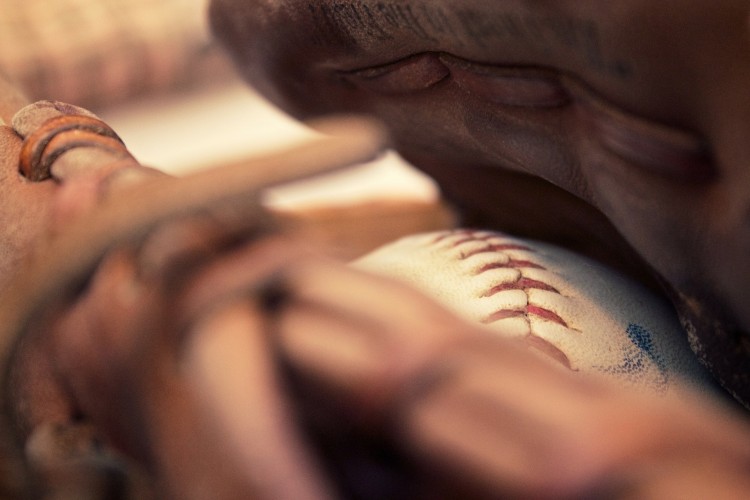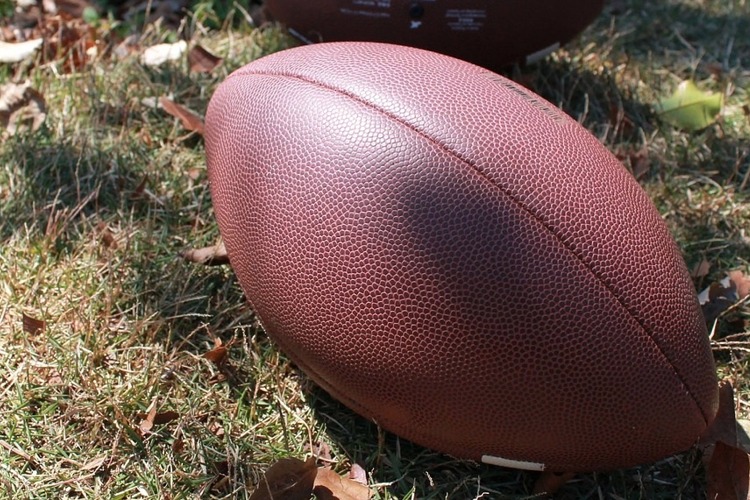The fantasy golf season on Yahoo! came to an end this past weekend. The league that I have played in over the past several years, Sandbaggers Anonymous, is particularly competitive. I finished in the top 95th percentile across all Yahoo! players (rank of 4028 overall) with 5925 points, but this was still only good enough to be seventh of 48 players in my league.
Finishing a season playing fantasy golf is a feat in itself because it is extremely long in Yahoo formats. Starting way back in early January and ending in late September, it’s definitely a marathon and not a sprint.
The season is broken up into three “legs”: winter, spring, and summer. While my performance in the first two legs were mediocre for my league (1902 points in winters and 1864 points in spring), I hit my stride in summer by scoring 2159 points – the best score for that leg of any team.
Learning from this season
My stats indicate that I finished with top ten performances a total of sixteen times (tops in my league), top three performances four times, and I only had the top score once. The fact that I had so many top ten performances was pleasantly surprising since the average number of similar scores was around eight (mean = 8.02; median = 8.5; mode =10). This tells me that my method for picking players was fairly successful.
The fact that I didn’t “win it all” more frequently is a bit disappointing, but not entirely so. In my opinion, fantasy sports success is more about increasing the odds that I will do well than about ensuring I win the championship every year. There’s no way I can guarantee a first-place finish in any league, but I can take steps to increase the odds that I will finish near the top.


